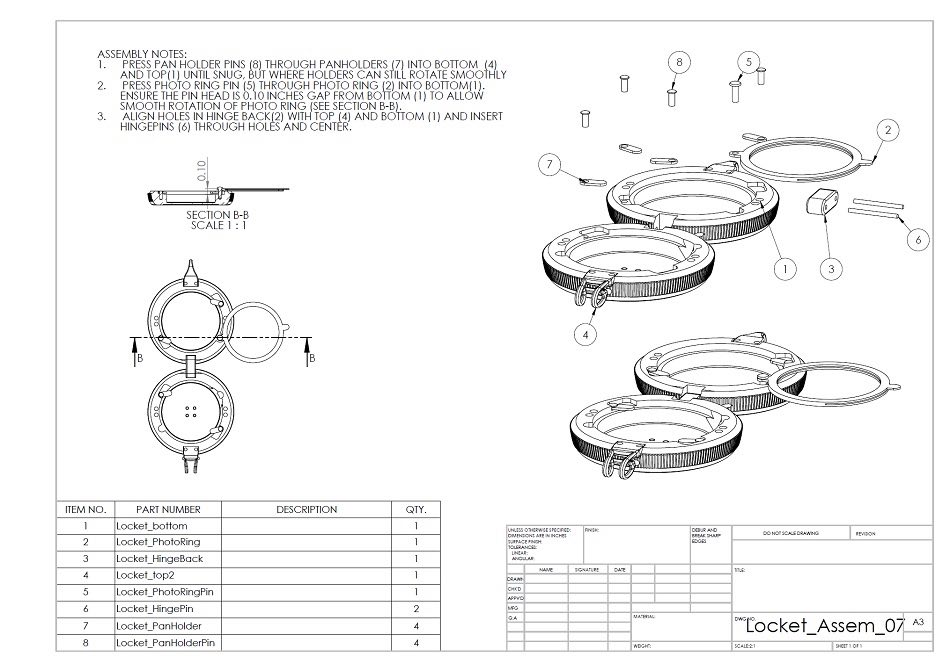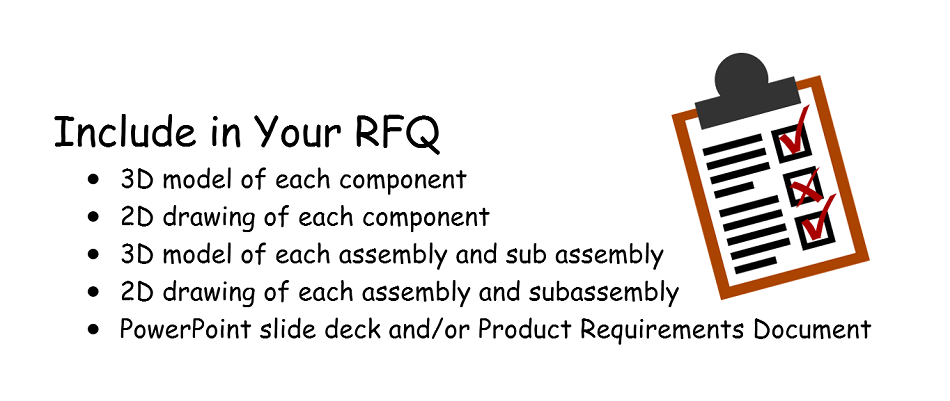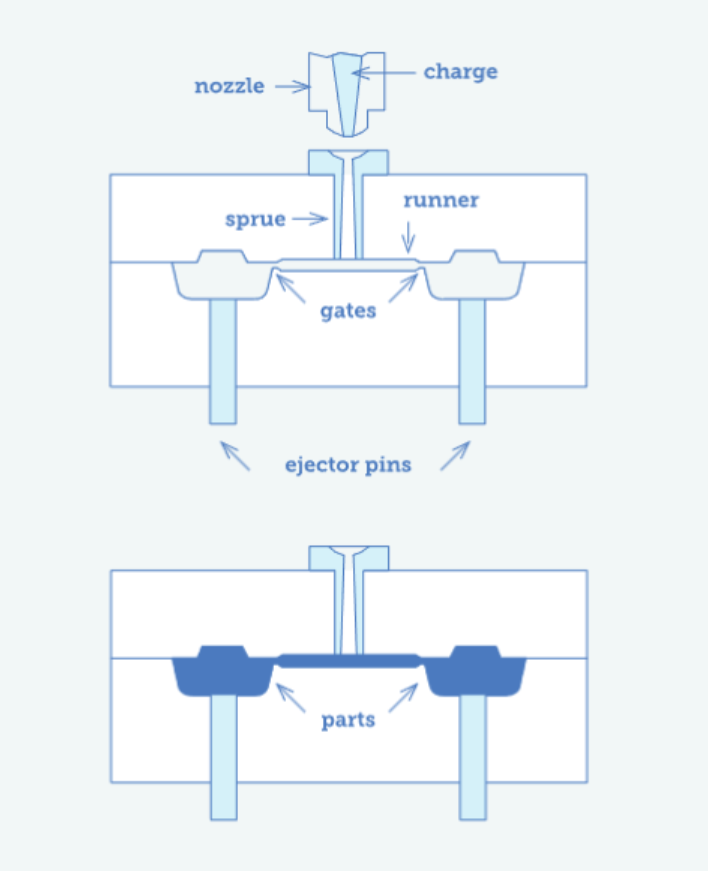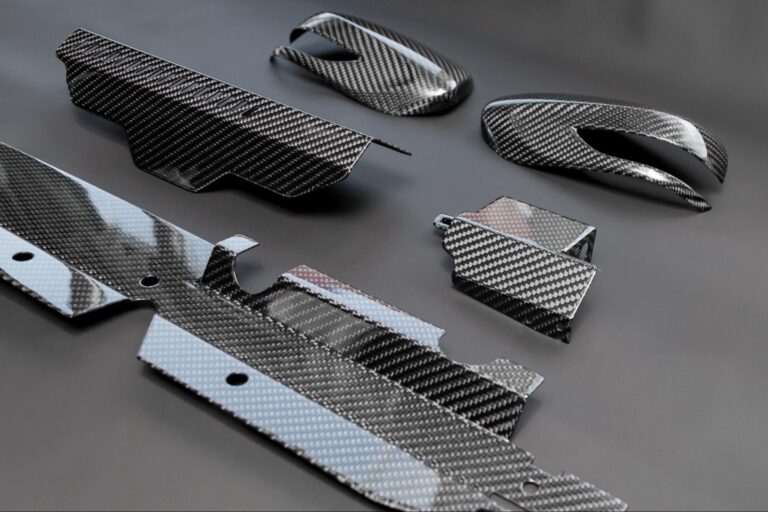Time to read: 5 min
Seven hundred years ago, Marco Polo returned from the Far East with tales of wonder and exotic goods, like silks, fine porcelains, and spices, which would set the trends for the upper classes of Europe for centuries to come. These days, importing products comes with less fame, but it has also never been easier: Manufacturers from California to Shanghai are now just a few keystrokes away.
Once you’ve created your manufacturable design (Haven’t done this yet? Check out this post), you’re ready to get quotes to transform designs into physical reality. But as much as it’s easier than in Marco Polo’s day, the process can still be intimidating and complex. Here’s how you can prepare your request for quote (RFQ).
What is an RFQ?
An RFQ package—also known as a “tech pack” in some design circles—is the bundle of information you send to a manufacturer to communicate your design intent. This should include enough detail that any manufacturer who follows the specifications can make the product, and that the products would be the same from every manufacturer following those instructions. How do you communicate your design intent clearly?

What to Include in Your RFQ Package
Typically, at a minimum, an RFQ package has both a 3D model of the design and a 2D drawing for each unique, made-to-order component. The 3D model, usually in STEP format, will include all nominal dimensions and all geometrical features, allowing the manufacturer to see what an ideal version of the product would be. Additionally, if your design has specific tolerances or features you need to call out, you’ll also need a 2D drawing in PDF format to let the manufacturer know how much they can stray from nominal dimensions.
If the model has a 2-inch diameter cylinder, is it okay if that comes out at 2.01 inches or 2.10 inches? The 2D drawing will call out all the key or essential dimensions with their maximum allowable variation—these will also be the dimensions measured to make sure the product is being produced according to your design. (Note: It pays to be generous when allowing variation—looser tolerances allow for less expensive manufacturing.)
In addition to these documents for each part, you’ll need the same for each assembly—a 3D model of the assembled components, and a 2D drawing of the parts together, which will include the BOM (as in, “This drawing has a bill of materials listing all of the components needed to make the assembly.”).

Finally, though this isn’t required, I find communication across the Pacific is always much easier and, well, pacific, if I include a PowerPoint slide deck showing the design in renderings or prototype photos, talking about the primary features and goals, and generally trying to give the engineers on the other end a clear picture of the design goals (you can also send along the product requirements document (PRD)). Some of the engineers with whom you’ll be working have 20+ years of experience, and they may be able to spot a design flaw or manufacturing risk you can’t. Be humble and listen to their feedback—they’ll improve your design. Which takes us to the next step: requesting information.

What Information to Request
When you communicate your design to the manufacturer, it should be essentially complete to the best of your knowledge. You should have tested the design in prototypes, completed a tolerance analysis to make sure assemblies come together well, and adjusted the geometry for manufacturability. You’ll still need to get the manufacturer to take a look at the design and recommend ways to make it easier to produce or assemble, and ways to lower the cost. And even though your RFQ pack is thorough and, of course, perfect, request a meeting with the manufacturer to review the design thoroughly and ensure that everything is clear.

An extra note here: If the manufacturer does provide feedback, and you make changes to the design, be sure that you change the revision number on all the drawings and models. One of the most discouraging things to have happen is when you finally get your crate of new products, and find out that they’ve been made to an old drawing, and are completely useless (not that I’ve ever, umm, made that mistake personally and cost my company $120,000+ in rework, ahem). Every change to the design requires a new revision number, and you should reference that revision number—and verify with the manufacturer that they are using it!—every time you place an order.
“Request for Quote” is the generic term, but in addition to a basic quote, ask for information regarding everything included in the quote:
- Will the manufacturer include shipping to your warehouse? Will you need to arrange pickup, or will they just drop a container of the product at the nearest port and expect you to arrange a cargo ship?
- What about timing: How long will it take for them to make the tools? How long will it take to get the first part from them, and when you make future orders, what is the lead time?
- How will they handle inspecting the part to make sure it meets your design specifications, and what happens if a shipment doesn’t meet spec?
- What are the minimum order quantities, and what are the tiers where you get price breaks?
- Last but not least, how will they expect to be paid, and when?
You’re about to begin a partnership with this company, and you’ll want to make sure there are no surprises. If in doubt, ask!

Communicating Well
These days, with so much manufacturing being done in Asia, English is a second language for most of the people with whom you’ll be speaking with, so be patient. Unless you’ve taken the time to learn Mandarin fluently (I tried, and after a year in Beijing, I still spoke less than a typical toddler), you’ll need to use very clear, simple English, with basic vocabulary and short, simply structured sentences.
Reaching out to Manufacturers
And now you’re ready to write that first email! The process seems daunting, but with a little practice and some careful attention to detail when assembling your RFQ, beginning your manufacturing journey has never been easier. Do you know someone who is ready to start the RFQ process? Forward them this article to help them on their way! Or are you still developing your new design? Be sure to sign up here to get great technical articles delivered right to your inbox!










